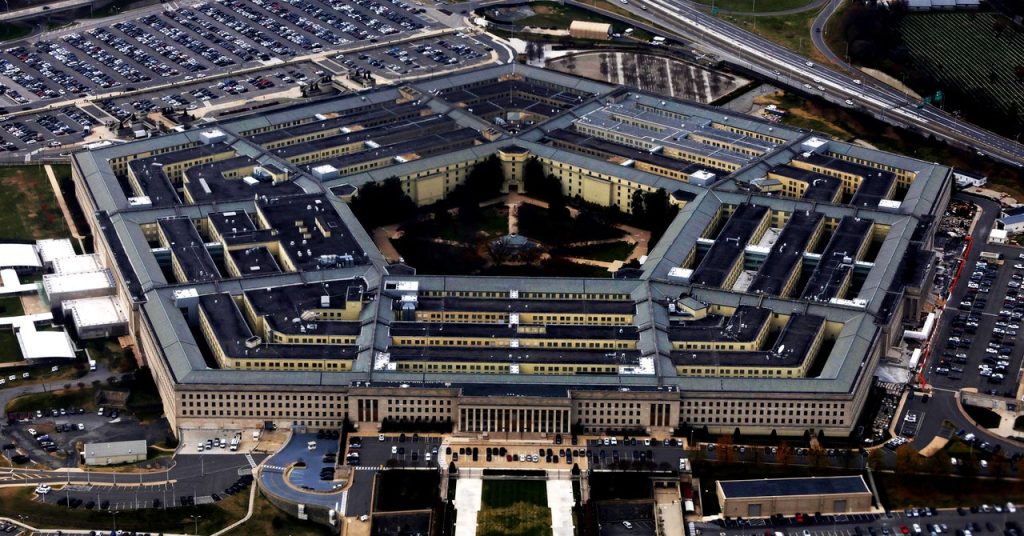The military potential of AI has, however, emerged as a key sticking point in an increasingly tangled relationship between China and the US. Many policymakers view the technology as a crucial way for the US to gain an edge over its rival. This potential is a key reason why the US has sought to limit China’s access to advanced semiconductors is to hamper its ability to harness the technology for military ends.
Policymakers who advocate for military adoption of AI also acknowledge that the technology may bring a range of new risks, including the possibility that use of AI increases mistrust between potential adversaries or that malfunctioning systems spark an escalation in hostilities.
“There should be some room to discuss use of AI associated with lethal autonomous weapons systems,” says Paul Triolo, an expert on US-China policy issues at Albright Stonebridge Group, a strategic advisory firm.
Efforts to ban lethal autonomous weapons that target humans have so far stalled in discussions at the UN, but a new resolution, announced this month, may provide more momentum for restrictions.
The US and China need to agree on a definition of such weapons to start with, Triolo says. But he believes that discussions will inevitably be complicated by US sanctions, which directly target China’s ability to develop advanced AI. Any talks, “would necessarily, in my view, have to include a discussion of US controls on advanced computing hardware” he says.
Even if lethal autonomous weapons are banned, reckless use of AI could cause military systems to fail. The rapid adoption of low-cost drones featuring autonomy by forces fighting in Ukraine has highlighted the disruptive potential of the technology, and it has prompted many militaries, including the US, to rethink their technological focus.
The US and Chinese militaries only recently began talking to each other again. Beijing froze military talks after Nancy Pelosi visited Taiwan, the democratic island nation that it views as an inalienable part of China, and which also happens to be home to the world’s most advanced semiconductor manufacturer, TSMC.
In February, after the US shot down a Chinese spy balloon that had crossed North America, the Pentagon said that Secretary of Defense, Lloyd Austin, was unable to reach his Chinese counterpart via a special hotline.
Recent incidents in the South China Sea highlight the need for communication between US and Chinese militaries. In October the US Department of Defense released video footage and images that it claimed show Chinese fighter jets engaging in unsafe maneuvers close to US aircraft in the region. This month, the Chinese defense ministry released its own footage of what it called “infringement and provocation by a US warship” in the South China Sea.
China has, however, signaled a willingness to restart dialogue. At the Xiangshan Forum in tk, China, this October, Zhang Youxia, vice chairman of China’s Central Military Commission, said: “We will deepen strategic cooperation and coordination with Russia and are willing to, on the basis of mutual respect, peaceful coexistence and win-win cooperation, develop military ties with the U.S.”
Read the full article here









